
Wool - The Wonder Yarn
We join Vicki as she chases the sheep out ofher garden, whilst paying homage to these amazing animals and investigating the wonderful baby wrapping properties of wool.
Sheep on the Wander
I'm having a wee bit of a problem with wildlife in my garden; for a change, it's not rabbits eating my petunias, nor crows dive-bombing the windows – the sheep have broken through from the neighbouring field and they think my shrubs are delicious. To be honest it's surprising we haven't had a visit sooner, for apparently Scotland has more sheep than people living upon our fair land.
Sheep and Scotland
Once upon a time, Scotland was a forested country and then, in the 1800s, the landowners realised they could make a lot more money if they cleared the trees, and the people, off their land replacing both with sheep. Anyone walking the hills of Scotland will get fabulous views but there is still a feel, even after 200 years, of a denuded landscape. As for the displaced people, those who survived were 'encouraged' onto ships and resettled in the New World, some fled to the coast and learnt to make a living by fishing and the remainder were driven south to work in mills and coal mines.
But we don't hold it against the gentle sheep. I lean out of my window and watch; they're so pleased to be naughty escapees. When I was a child, during lambing season, I would sometimes come downstairs of a morning tofind an orphaned newborn lamb nestled before the stove and, joy of joy, I would get to feed the lamb it's bottle of milk.
After lambing, as we move into summer, the sheep have their heavy winter coat sheared off and it was fun to watch the initially bemused year old lambs leaping merrily at the sudden lightness of being. In those days the shearers were all men but now women are making it their own and one young Scotswoman recently won an international championship for sheep shearing.
These days the wool from Scotland's sheep is mainly used for carpets or, where it is fine enough, as knitting wool. We are currently working with local communities to follow a few promising leads to source wool yarn locally. However in the meantime, virtually all of our lambswool and merino yarn is now spun in Britain.
Wool the Wonder Yarn: it really is amazing how versatile wool is...
Temperature Controlled
Woollen fabrics have built-in climate control as the fibres are non-conductors of heat allowing the body to properly regulate its temperature. The scales on the surface of the fibre and its natural crimp make for little pockets of air that serve as an insulating barrier and give warmth. Amazingly, lightweight wool can also work for summer wear because of its thermostatic quality. Wool is therefore a natural insulator keeping us warm in winter whilst also being breathable to keep us cool in summer.

Absorbent
Wool is the original wicking fibre. It can easily absorb up to 30% of its weight in moisture without feeling damp or clammy. This absorbency also helps temperature regulation. Wool absorbs perspiration thus it keeps a layer of dry air next to the skin which, in turn, helps to hold in body heat. The same principle makes wool suitable in hot weather as well. The body cools itself naturally with the evaporation of perspiration and wool helps by absorbing perspiration and keeping dry air next to the skin. This is why wool clothing is perfect for, and often worn in, deserts where it's hot during the day and cool at night.

Elasticity
Each wool fibre is a molecular coil spring making it remarkably elastic The fibre can be bent back on itself more than 20,000 times without breaking, compared to about 3,000 times for cotton and 2,000 times for silk. The outer skin of the fibre acts as a protective film, giving woollen cloth improved resistance to abrasion meaning it's hard-wearing and long-lasting.
Flame Resistant
The moisture contained in each fibre of wool means it resists flame and is self-extinguishing which is why wool blankets are recommended for use in extinguishing small fires.

Wrapping Qualities of Wool
Wool provides a natural cushy softness which makes it a joy to wrap your babies with. Its amazing strength means it works well for your littlies, as well as heavier older ones.
At Oscha we've loved experimenting with different wool yarn thicknesses as well as blends. 'You can't beat a thick wool wrap for bigger kids,' says Zoe, 'the grip, the cush and the bounce. It's so robust.'
The 100% wool warp products we offer were especially exciting for us - we love breaking new ground with something unusual like this! We've paired the wool warp with a number of different weft yarns, including bamboo, silk & cashmere, as well as some lovely 100% wool wraps in order to offer different wrapping experiences. All the strength of wool, and yet, a silky lightness which makes it equally suitable for small babies and bigger kids.

Superwash Wool
Superwash wool is supple without being itchy or thick and can be washed in a machine on a delicate cycle at 30 °, making it a great blend for busy families who love wool wraps. This is an especially soft, non prickly wool where, even after intensive use and washing, the fibres maintain their natural elasticity. Our superwash wool is not coated as some are, to make it suitable for machine washing, so this property will not wear off over time. Instead the yarn goes through a number of processes to make it more robust and is safe for use with children.
Cashwool
Cashwool is made with extra fine merino wool to give a super soft touch. This fabric has a gentle stretch and cush, and it will become very soft with a little use. It's suitable for babies and toddlers alike and it's equally lovely in a throw.

Machine washable or not?
Nowadays washing machines all have a 'wool wash' cycle. Our experience here in the UK is that it's fine to put your wool in the machine on this cycle. However, we'd ALWAYS advise a trial run, with an old wool sweater, for instance, to check it out first.
Felting, although a lovely craft, is obviously to be avoided for wraps - a felted wrap is dangerous and must never be used as there is a risk of tearing. You'll know if your wrap has felted if it loses width, goes fuzzy and, some say, develops a 'squeak'. Just use a bit of caution when washing and it is quite simple to keep your wool wrap in a healthy state.
If you need to hand wash then you can run some lukewarm water into your bath tub (or sink), with some suitable, wool-friendly eco detergent, gently swirl the wrap, leave to soak for 10 minutes. Gently rinse without much agitation. Lightly squeeze and then roll the sling in towels and stand on them to get out the rest of the excess water. Lay flat to dry.
Certification
Our wool yarn is Oekeo-tex Certified. This is a worldwide consistent, independent testing and certification system for raw, semi-finished, and finished textile products at all processing levels which ensures the products tested are safe and free from harmful substances. The merino yarn we use is also certified as Mulesing Free.
A Word on Mulesing
Merino sheep have woolly wrinkles and folds in their skin around the tail, which can become moist with urine and contaminated with feces. Blowflies are attracted to this moist area where they lay eggs which hatch into maggots and feed off the flesh of the sheep. Known as flystrike, if left untreated this is fatal. Mulesing involves cutting flaps of skin from around the tail to create an area of bare, stretched skin. Because the scarred skin has no folds or wrinkles to hold moisture and feces, it is less likely to attract blowflies. This makes mulesed sheep less susceptible to flystrike.
Both flystrike and mulesing are painful and distressing for the sheep. RSPCA Australia is opposed to practices that cause suffering or distress to animals and does not accept that mulesing needs to be performed routinely. Mulesing, they say, should be the last option farmers choose and only when the risk of flystrike is very high and then should be carried out by an operator assessed to be competent and using pain relief. Ongoing breeding trials mean eventually the problem will be solved altogether, by having sheep that are no longer susceptible to blowflies.
Mulesing is illegal in Scotland and we ask all our suppliers to provide us with wool yarn which is non-mulesed.

Best Baby Carrier For Newborns 2025
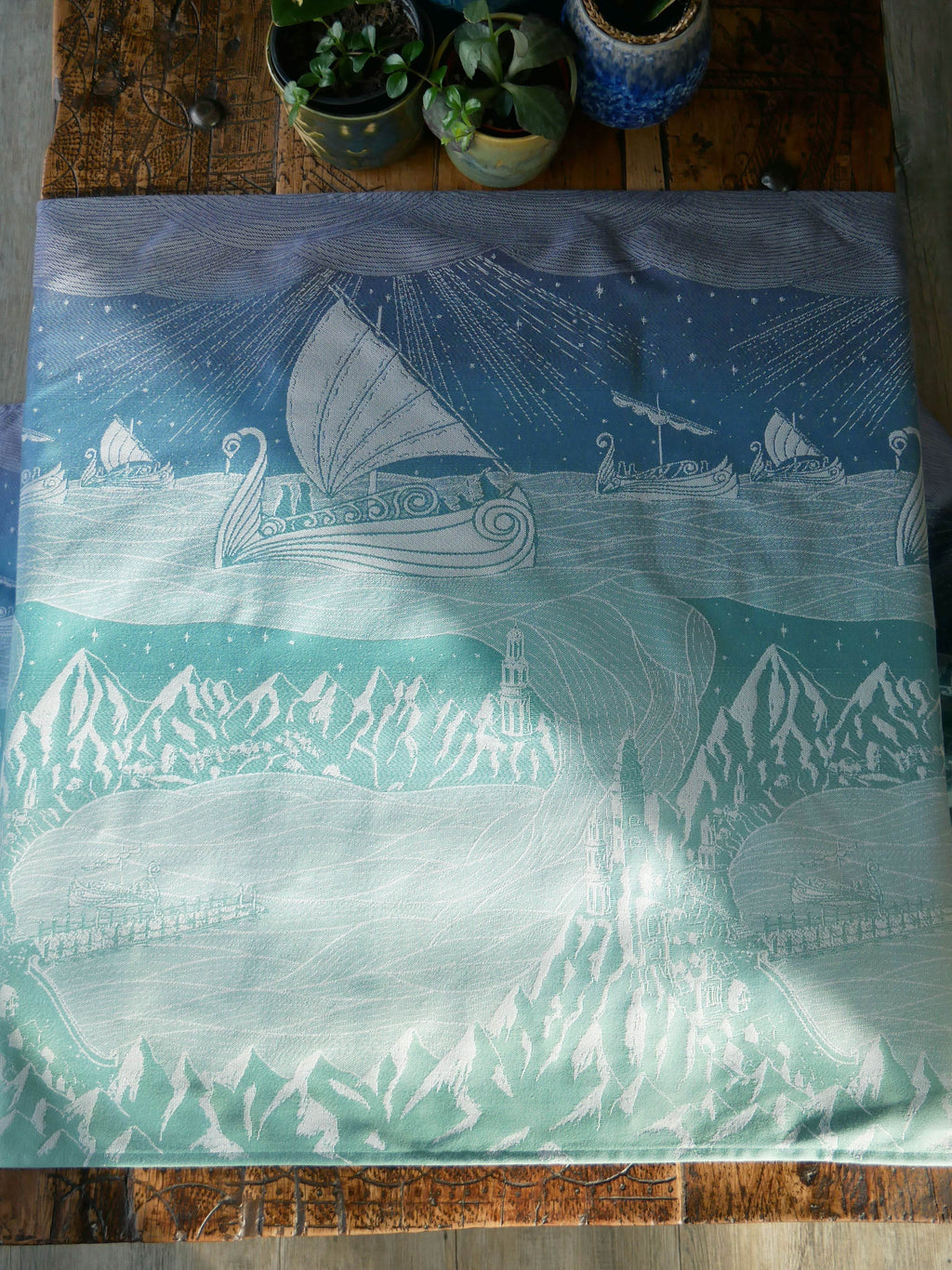
Grey Havens: Oscha Lord of the Rings Design Development
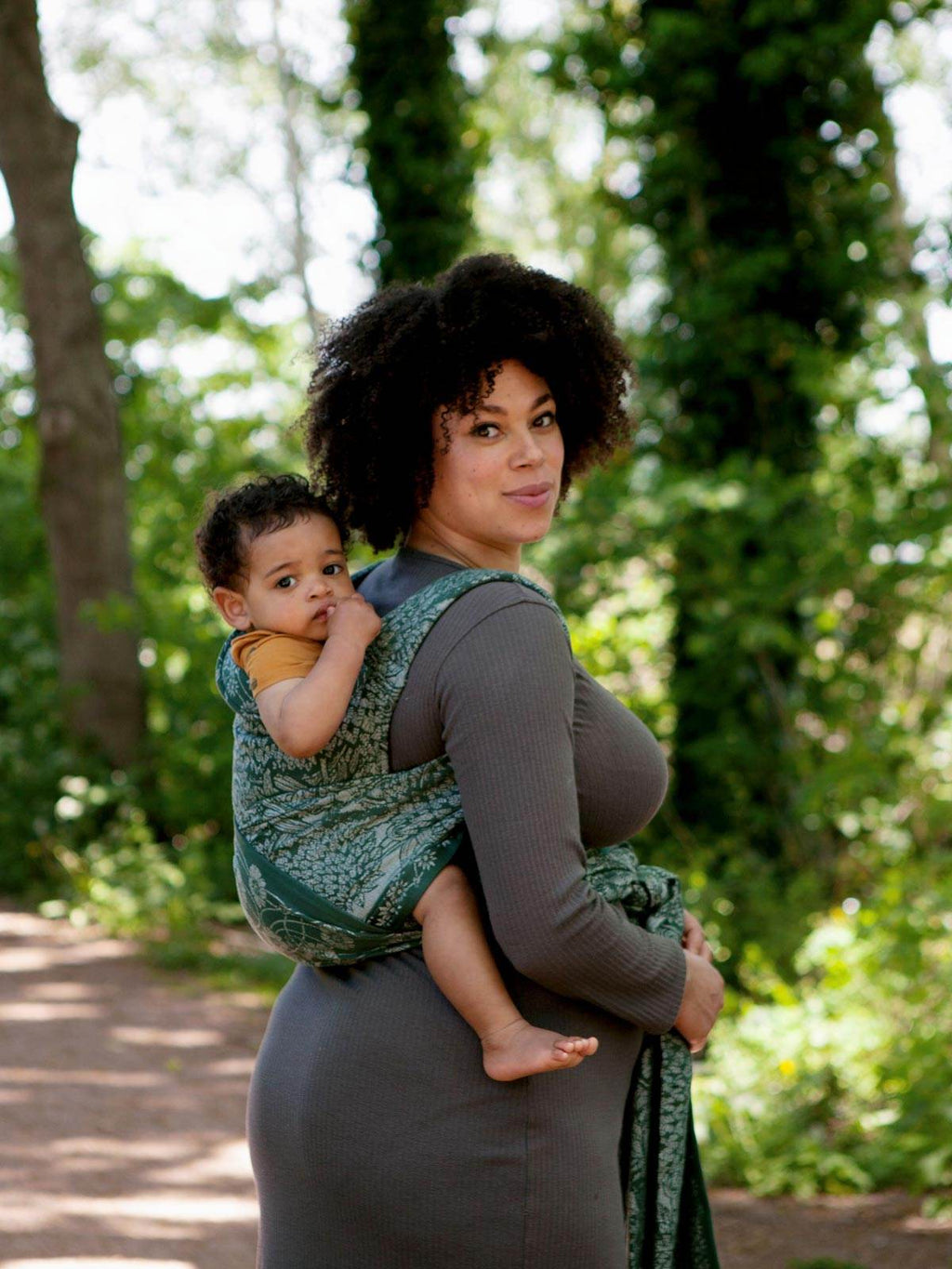
Can Baby Carriers Cause Back Pain?

The co-founder of Oscha & twin mum of 3, Zoe is a seasoned babywearer and is passionate about all things baby carriers and Middle-earth!
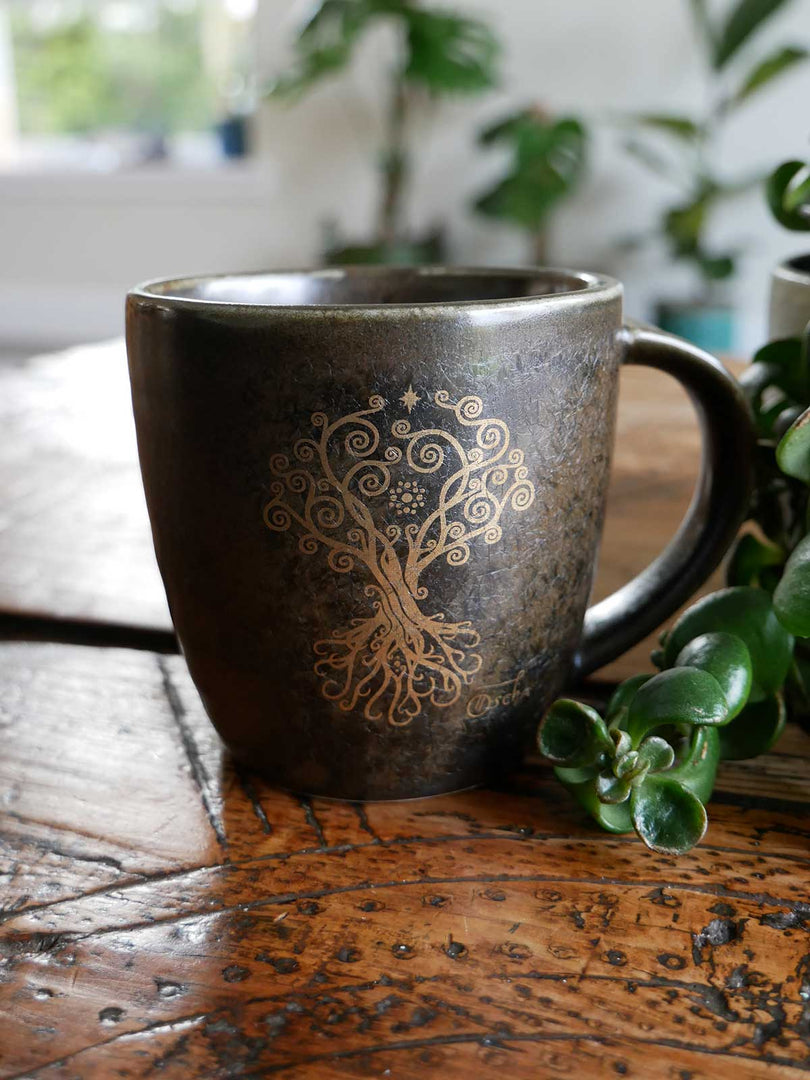

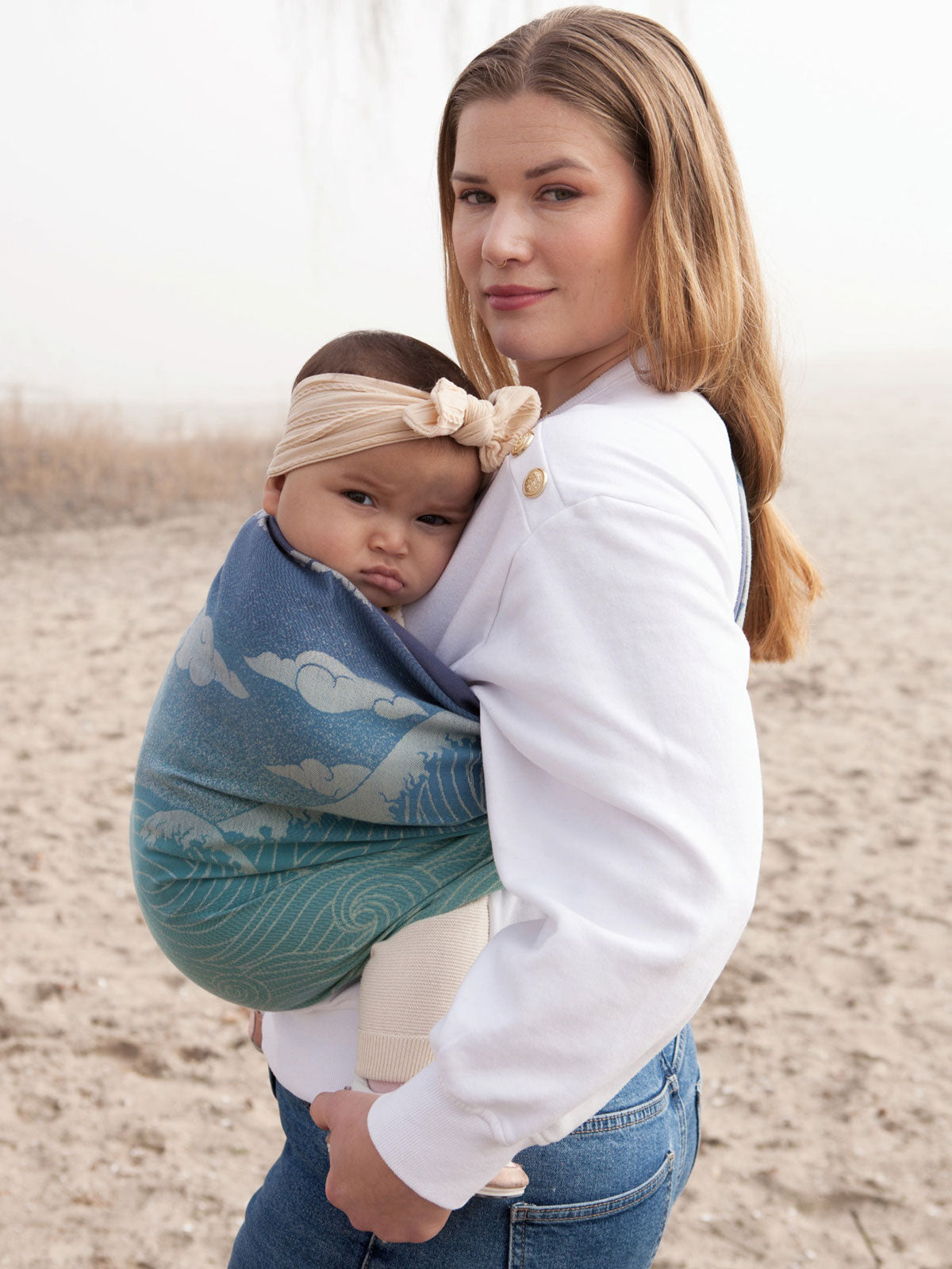
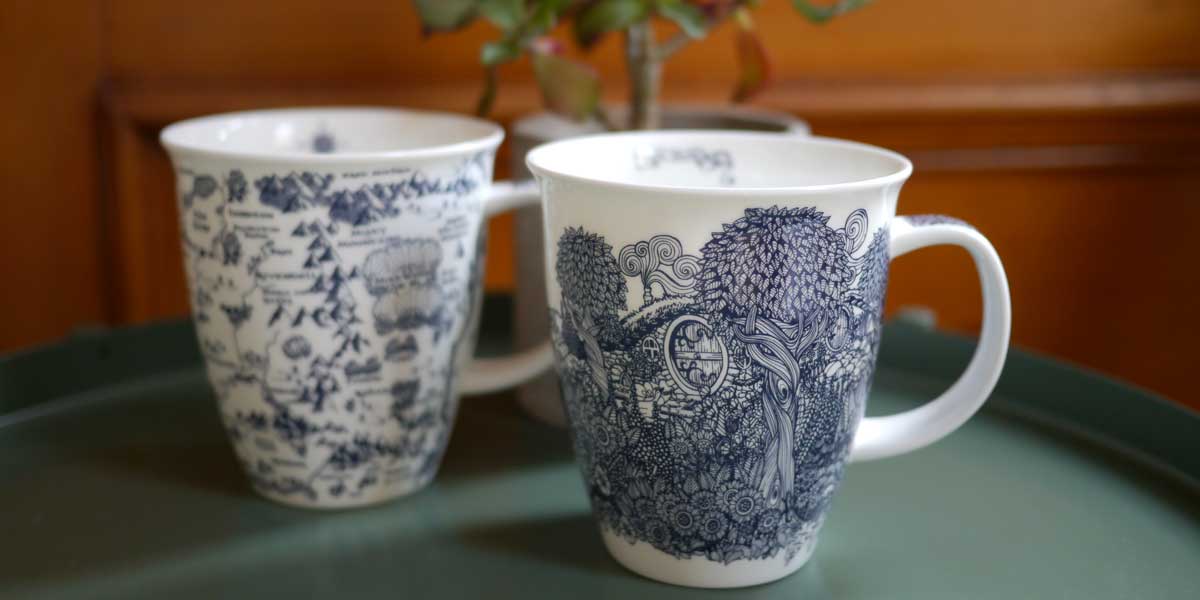
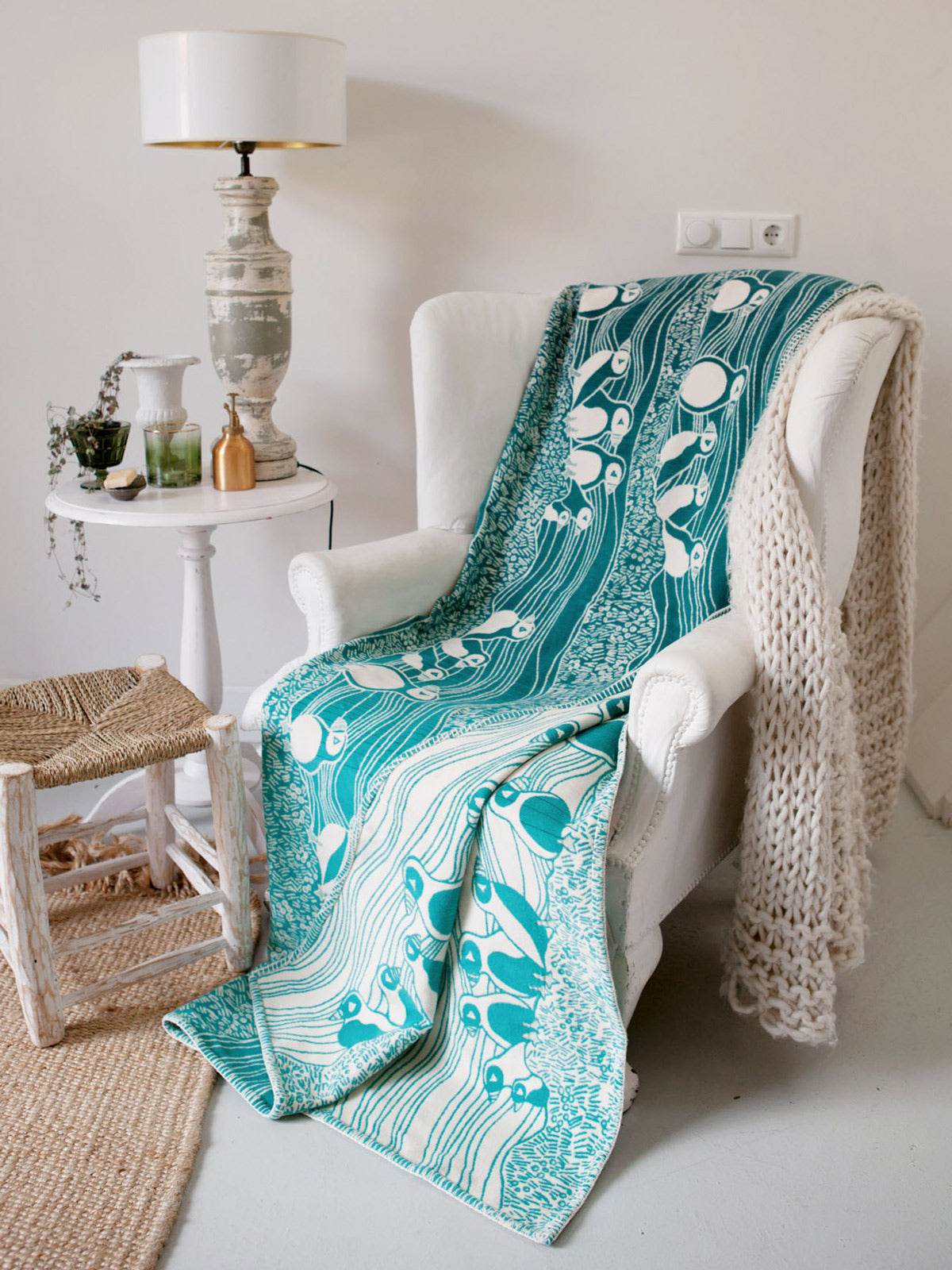
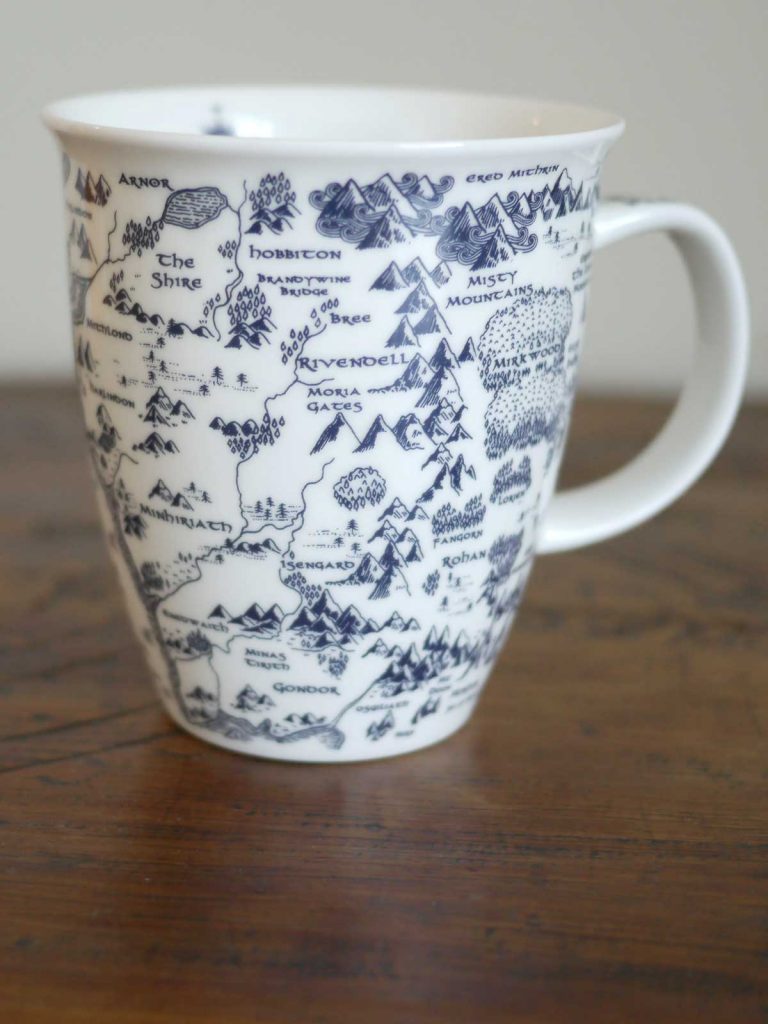
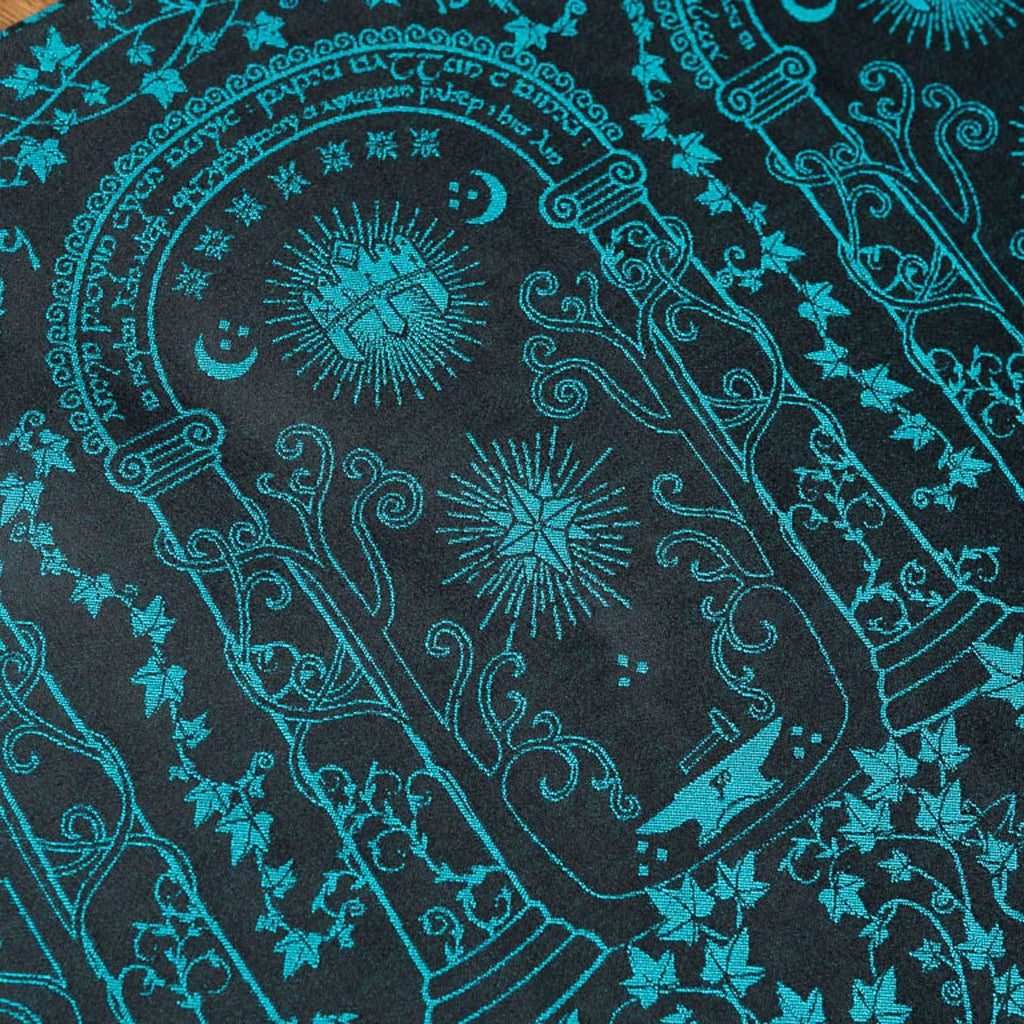
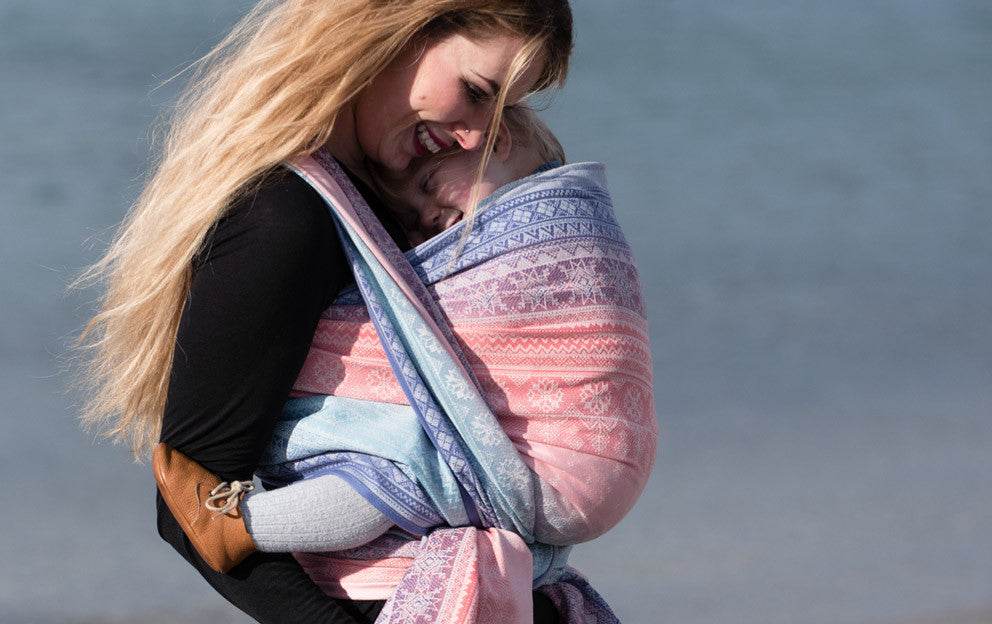
 https://oschaslings.com
https://oschaslings.com